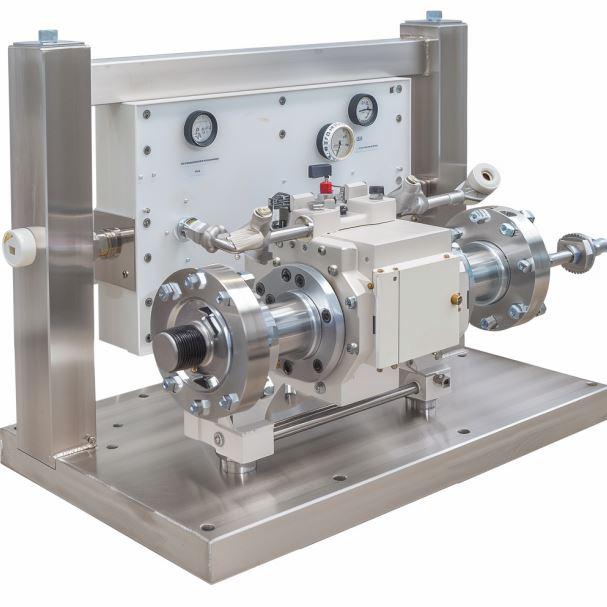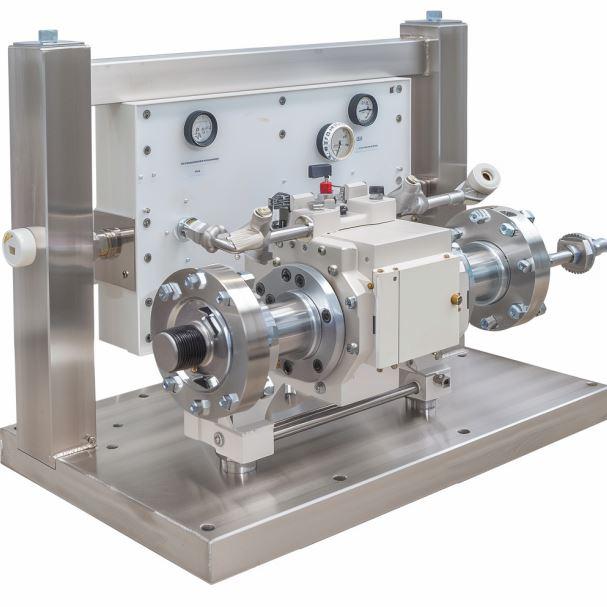There are two main types of positive displacement pumps commonly used in industry - progressive cavity pumps and centrifugal pumps. Both can efficiently move liquids and slurries, but they work in very different ways.
Progressive cavity pumps
Progressive cavity pumps, also known as positive displacement rotary lobe pumps or progressive cavity metering pumps, use a helical rotor that rotates inside a double helix shaped casing or stator. As the rotor turns, it forms a series of discrete cavities along the rotor shaft, and progresssively "crawls" the fluid along the casing from the suction to the discharge port. They are called progressive because the cavities steadily progress along as the rotor turns.
Some key advantages of progressive cavity pumps include their ability to handle fluids with higher viscosities or solids content. They can maintain a very constant flow rate regardless of pressure changes. Progressive cavity pumps are self-priming and can lift fluids to high heads. They are also more tolerant of entrained gases in the fluid being pumped.
Typical applications include chemical and petrochemical processing, transfer of sludge, mud and drilling fluids. Progressive cavity pumps are also widely used in the water and wastewater industry for applications such as sludge transfer, dewatering and thickening. Their gentle pumping action makes them well-suited for transfer of shear-sensitive or abrasive fluids.

Centrifugal pumps
Centrifugal pumps work on a very different principle than progressive cavity pumps. They use propeller-like impellers spun by a shaft inside a circular casing. As the impeller spins, it throws or "flings" the fluid outwards to the edge of the casing via centrifugal force. Kinetic energy of the spinning impeller is transferred to pressure head in the fluid.
While centrifugal pumps can easily handle low to medium viscosity clean liquids, they are not well-suited for handling liquids with high viscosities, solids or shear-sensitive materials. They also don't perform as well if gases get into the pumped fluid. Centrifugal pumps are not self-priming and cannot lift liquids to high heads without additional components like a booster pump.
Common applications for centrifugal pumps include movement of water, transfer of clean liquids in chemical processes, movement of petroleum products like gasoline or diesel. They work well for standard transfer needs in many industries like chemicals, oil & gas, power generation and general plant water systems.
In summary, progressive cavity pumps are better suited when high viscosity fluids, liquids with solids or shear-sensitive materials need to be pumped. They provide constant flow rate and are tolerant of gases and self-priming. Centrifugal pumps are better for low to medium viscosity clean liquids where a steady pressure head is required for standard transfer applications.
The key is understanding the properties of the fluid being pumped and selecting the appropriate pump type. For difficult to handle or abrasive fluids, progressive cavity pumps will generally perform better while centrifugal pumps are better for standard clean liquid duties. Both have important roles to play in industry and work on fundamentally different hydraulic principles.

